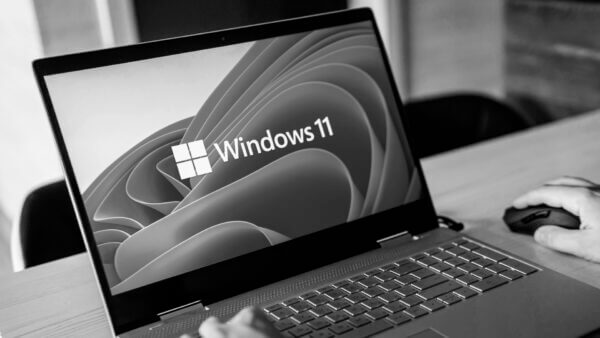Third-party apps like EdgeDeflector once allowed users to open Start menu searches in their preferred browser, but an upcoming update will eliminate users’ ability to choose.
Why we care. Bypassing user-assigned defaults to open search results in Edge and Bing forces more users into Microsoft-owned channels. This presents more opportunities for Microsoft to show ads to those users, even if Edge and Bing aren’t their default choices. This may slightly, and somewhat artificially, add more value to some of Microsoft’s ad products, while strong-arming users into trying its browser and search engine (albeit in a limited sense), which might increase adoption over the long run.
EdgeDeflector was released in 2017, but only recently has Microsoft taken action against it and similar apps that enable users to designate which browser its Start menu search results open in. “The [500 thousand] EdgeDeflector users were probably never more than a nuisance to Microsoft,” Daniel Aleksandersen, the developer of EdgeDeflector, said in a blog post, “However, last month both the Brave and Firefox web browsers either copied EdgeDeflector’s functionality or signaled it was on the roadmap … That news probably did make Microsoft sit up and pay attention.” At the time of publishing, Firef had roughly 218 million monthly active desktop users.
Edge-only Start menu search results. Regardless of the user’s default browser choice, Microsoft launches Edge and Bing when showing results for searches conducted from the Windows 10 and Windows 11 Start menu. In Windows 11, searches from the Widgets panel also only open in Edge and Bing.
EdgeDeflector and similar third-party apps offered a way to overcome this limitation, enabling users to open Start menu search results in the browser of their choice. However, Microsoft has confirmed that an update, which is scheduled to roll out in the coming weeks, will put an end to these workarounds. “Windows also offers certain end-to-end customer experiences in both Windows 10 and Windows 11, the search experience from the taskbar is one such example of an end-to-end experience that is not designed to be redirected,” a Microsoft spokesperson said in a statement to The Verge, “When we become aware of improper redirection, we issue a fix.”
Firefox was planning its own workaround. “We have worked on code that launches Firefox when the microsoft-edge protocol is used for those users that have already chosen Firefox as their default browser,” a Mozilla spokesperson said in a statement to The Verge, “Following the recent change to Windows 11, this planned implementation will no longer be possible.”
Switching default browsers is also more difficult than it used to be. Windows 11 introduced a new workflow for switching default browsers: Users can still select “Always use this app” in the prompt that appears when they first launch a browser, but if they don’t do that, they will have to take additional steps and assign a default browser for each file or link type (HTM, HTML, PDF, HTTP, HTTPs, etc). This process takes longer than it did on Windows 10, where users could switch default applications for web browsing, email, photos, videos and so on without digging into file formats or link types.
Additionally, Mozilla has added an option to set Firefox as the default browser with a single click. This option is only available in the version of Firefox downloadable from the web — it’s missing from the version of Firefox in the Microsoft Store, where Microsoft has restricted that feature to its own Edge browser.



